calsfoundation@cals.org
London (Pope County)
| Latitude and Longitude: | 35º19’44″N 093º15’11″W |
| Elevation: | 381 feet |
| Area: | 3.17 square miles (2020 Census) |
| Population: | 936 (2020 Census) |
| Incorporation Date: | March 2, 1882 |
Historical Population as per the U.S. Census:
|
1810 |
1820 |
1830 |
1840 |
1850 |
1860 |
1870 |
1880 |
1890 |
1900 |
|
– |
– |
– |
– |
– |
– |
– |
– |
– |
268 |
|
1910 |
1920 |
1930 |
1940 |
1950 |
1960 |
1970 |
1980 |
1990 |
2000 |
|
303 |
368 |
355 |
418 |
353 |
282 |
539 |
859 |
825 |
925 |
|
2010 |
2020 |
|
|
|
|
|
|
|
|
|
1,039 |
936 |
|
|
|
|
|
|
|
|
London has been a part of much history, ranging from the Dwight Mission and the Trail of Tears to the operation of nuclear power plants. The city’s population and business peaked at the height of the railroad industry in Arkansas. In the twenty-first century, London has become a bedroom community for the workers of Russellville (Pope County).
The Arkansas River Valley was a corridor of transportation, both by land and by water, even before Arkansas statehood. The U.S. Congress authorized and funded several military roads in Arkansas Territory, including one that traveled along the river valley from Little Rock (Pulaski County) to Fort Smith (Sebastian County). The Dwight Mission was established along this route, not far from present-day London, in 1820 by Cephas Washburn. Scotia, the first county seat of Pope County, was also near present-day London. The Trail of Tears traveled through the area along one of the military roads in the late 1830s.
Isaac Haddox moved into the area from Tennessee around 1860, bringing his family and a large number of slaves with him. The family left before the end of the Civil War, either because of illness or due to the emancipation of the slaves. Although the only remnant of the Haddox presence is a slave cemetery with sixteen graves, the area was known as Haddoxburg until the 1880s.
A Civil War skirmish was fought in the area on February 5, 1863, but it is not well documented. In September 1864, a Federal scout from Lewisburg (Conway County) to Norristown (Pope County) encountered a Confederate force in the Haddoxburg area. Although some sources claim that the Federal forces were trapped in a barn and surrendered, Federal records describe only the death of two Confederate soldiers.
Construction of the Little Rock and Fort Smith Railway (later part of the Missouri Pacific Railroad) in the 1870s brought new settlers to the area. A Methodist church was founded in 1870. A post office was established in 1877. John McClure, the first postmaster, chose the name London for the community; it is unclear why. Five years later, when the city was incorporated, the name London remained in use. A large church revival in the city in 1885 created the need for a church building. A building was erected the next year and was shared by Baptist and Presbyterian congregations. By the end of the nineteenth century, London had two schools, a bank, three blacksmith shops, a doctor’s office, a Masonic temple, a railroad depot, a grist mill, and several stores. By the 1920s, the city also had three cotton gins, reflecting cotton’s status as the primary crop of the surrounding farms.
Telephone service began in London around 1900. Natural gas and electric power both arrived in the late 1930s. London’s school district was eventually consolidated into the Russellville school system. In the 1960s, a dam built across the Arkansas River, part of the McClellan-Kerr Arkansas River Navigation System, created Lake Dardanelle. A state park named for the lake opened near Russellville in 1966. The construction of a nuclear power facility between Russellville and London provided jobs for citizens and energy for homes and businesses in both cities. In February 1969, the London city government proposed annexing the facility, hoping to generate tax revenue for the city, in part to offset road improvement costs made necessary by the traffic to the facility. Arkansas Power and Light (AP&L) warned that the utility company would have to increase rates to its customers if the annexation and taxation were accomplished. After the company paid to repair some roads near the facility, the plan to expand London’s city limits was dropped.
In the twenty-first century, London is a quiet bedroom community. Most residents both work and shop in nearby Russellville. For several years, the Rotarians of London held the Poke Sallet Festival, but the last occurrence of this festival appears to have been in 2004.
London was the hometown of Lawrence Brooks Hays, who served several terms in the U.S. Congress and who ran three times for governor of Arkansas (but lost all three elections). Hays was involved in the civil rights movement of the mid-twentieth century, and he was also a leader of the Southern Baptists in Arkansas (although as a layman, not an ordained pastor).
For additional information:
Gray, William E. “Going Home…to London and Its Atomic Neighbor.” Arkansas Gazette, September 24, 1978, pp. 1F, 15F.
Morgan, James Logan. “Leonard Price at London Bicentennial.” Pope County Historical Association Quarterly 11 (September 1976): 24–30.
Trower, Kathy. “London, Once Called Haddoxburg, Attracted Settlers Because of Timber and Wild Game.”Arkansas Democrat-Gazette, September 17, 2000, p. 13R.
Steven Teske
Butler Center for Arkansas Studies
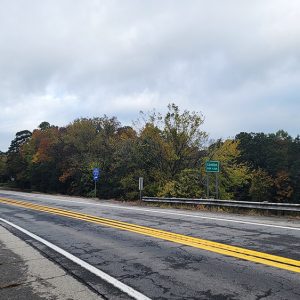 Entering London
Entering London 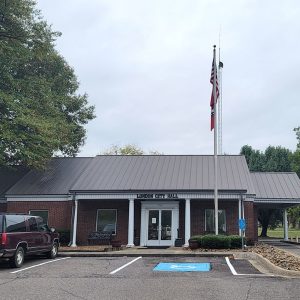 London City Hall
London City Hall 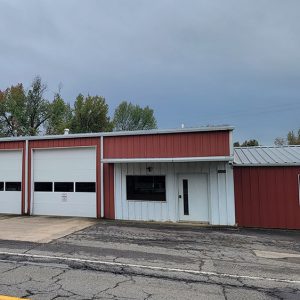 London Fire Department
London Fire Department 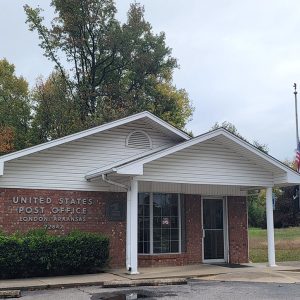 London Post Office
London Post Office 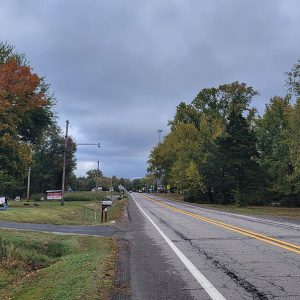 London Street Scene
London Street Scene 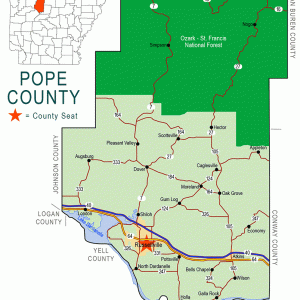 Pope County Map
Pope County Map 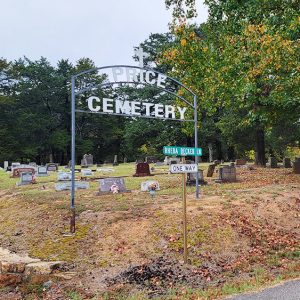 Price Cemetery
Price Cemetery 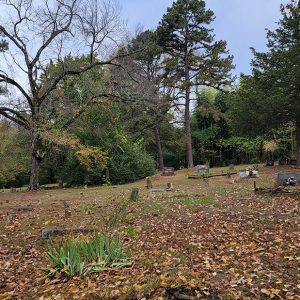 Price Cemetery
Price Cemetery 



Comments
No comments on this entry yet.